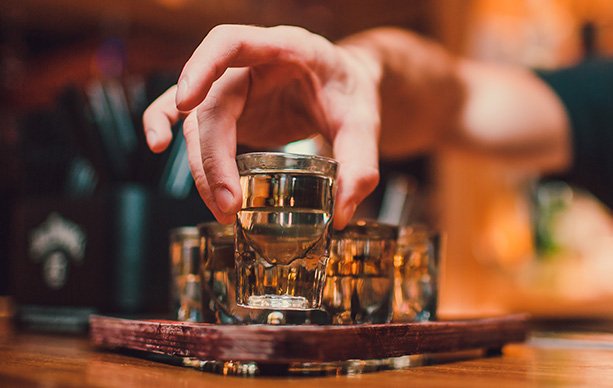Welcome to the vibrant world of tequila, a spirit steeped in tradition and bursting with character. In this comprehensive guide, we’ll delve into the rich history of tequila, explore the meticulous process behind its creation, and unravel the various types that cater to every palate.
Whether you’re a seasoned aficionado or a curious newcomer, understanding these aspects will enhance your appreciation of tequila. We’ll also share expert tips on how to savor this iconic Mexican spirit.
From the sun-kissed agave fields of Jalisco to the artful aging in oak barrels, join us on a journey through the soul of tequila, where each sip tells a story of heritage and craftsmanship.
What is Tequila?
Tequila is the spirited embodiment of Mexico, a distilled essence that has traversed borders with its complex flavors and deep cultural roots. Produced exclusively from the blue agave plant in designated regions of Mexico, this distinguished spirit is a testament to tradition and stringent quality standards overseen by the Consejo Regulador del Tequila (CRT).
The CRT is the authoritative body that ensures each bottle of tequila adheres to rigorous specifications, preserving the authenticity and heritage of this iconic Mexican beverage.
Native to the Jalisco region, tequila’s production is confined to this state and a few other select areas, including Guanajuato, Michoacán, Nayarit, and Tamaulipas, as stipulated under the Denomination of Origin.

This global recognition not only protects the name but also upholds the traditional production methods that define tequila.
The spirit’s journey from agave field to glass is a cultural ritual, one that involves the heart (piña) of the blue agave plant, which is harvested after maturing for up to a decade under the Mexican sun.
Tequila is cherished both in Mexico and internationally, served neat or as a spirited component in various cocktails. It spans a spectrum of flavors influenced by the growth conditions of the agave plant, ranging from sweet and floral notes in the highland agaves to more earthy tones from the valley.
This versatility has made tequila a favorite among connoisseurs and casual drinkers alike, enhancing its standing as a pillar of Mexican heritage.
What is Tequila Made From?
The soul of tequila is the blue Weber agave, a resilient plant that defines the spirit’s unique character. Native to Mexico, particularly thriving in the volcanic soil of the Jalisco state, this agave species is the only one permitted for use in tequila production, distinguishing it from other agave-based spirits like mezcal.
The blue Weber agave is renowned for its high sugar content, which is crucial for fermentation. The plant takes between seven to ten years to reach maturity, during which it develops a large core, or piña, packed with sweet sap.
These piñas are the only part of the plant used in tequila production, making the growth and harvest cycles critical to the final flavor profile of the spirit.
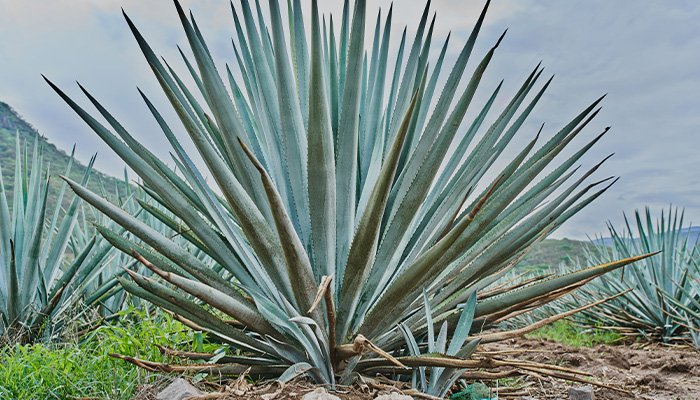
History of Tequila
Tequila’s saga is woven through the fabric of Mexican heritage, beginning long before the Aztecs and spanning centuries of artisanal mastery. Embark on a journey into the storied past of this venerable spirit, from its origins as a sacred Aztec offering to its evolution into a global emblem of celebration and craftsmanship.
Early Beginnings and Aztec Influence
Tequila’s roots are deeply entwined with the Aztec civilization, who revered the agave plant not merely as a source of sustenance but as a divine gift.
The earliest iteration of what we now recognize as tequila was pulque, a sacred brew derived from the agave’s fermented sap, cherished during religious rituals. This age-old tradition laid the groundwork for the spirit’s profound cultural significance.
The spiritual reverence for agave was embodied in the Aztec pantheon, with deities like Mayahuel, the goddess of fertility and the maguey plant, central to their mythology.
Her presence in cultural lore underscores the plant’s importance, not only as a physical resource but as a spiritual cornerstone. Celebrations and rituals often featured pulque, marking it as a conduit to the divine, bridging the earthly and the celestial.
As the Spanish conquistadors observed these practices, they were intrigued by the potential of agave. Their technological input soon morphed the traditional pulque into a distillate that would evolve across centuries.
This marked the beginning of a transformative journey for tequila, from a sacred ceremonial potion to a spirit enjoyed worldwide, retaining echoes of its divine origins in each sip.
This narrative reflects Tequila Filo de Agave’s commitment to honoring tradition while embracing innovation, ensuring each bottle encapsulates the essence of its illustrious heritage.
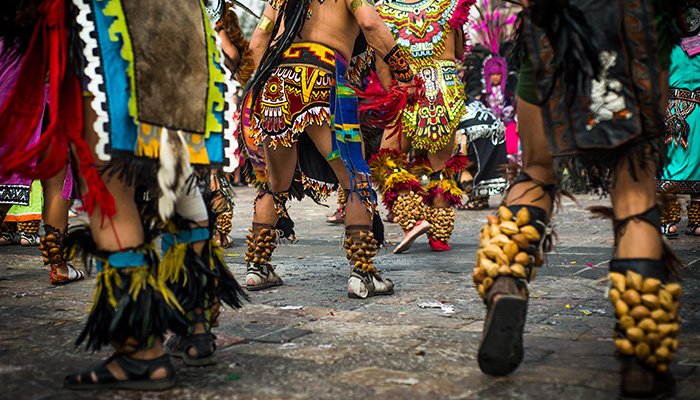
Evolution from Pulque to Tequila
With the arrival of the Spanish in the 16th century, the distillation process was introduced, transforming the indigenous pulque into what was initially called ‘mezcal wine’.
Over time, this evolved into a more refined spirit as distillers in the region of Tequila, Jalisco honed their craft, leading to the birth of modern tequila. This transition marked a pivotal moment, from a ritualistic brew to a celebrated artisanal spirit.
As the distillation methods refined, the spirit began to gain a distinct identity, slowly separating from its mezcal roots to become what we now recognize as tequila.
This evolution was catalyzed by the unique volcanic soil and climate of Jalisco, which proved ideal for cultivating the blue agave that is now synonymous with tequila. The meticulous care and local knowledge imparted a distinctive flavor and quality to the spirit, underscoring its geographic and cultural specificity.
By the 18th century, tequila’s reputation had begun to eclipse that of its ancestral pulque, with local producers establishing a burgeoning industry.
Innovations in production methods and aging processes led to the creation of various styles of tequila, such as blanco, reposado, and añejo, each offering a different expression of the agave’s potential.
This diversification reflected both a deep respect for tradition and a bold approach to crafting a spirit that could stand on the world stage.
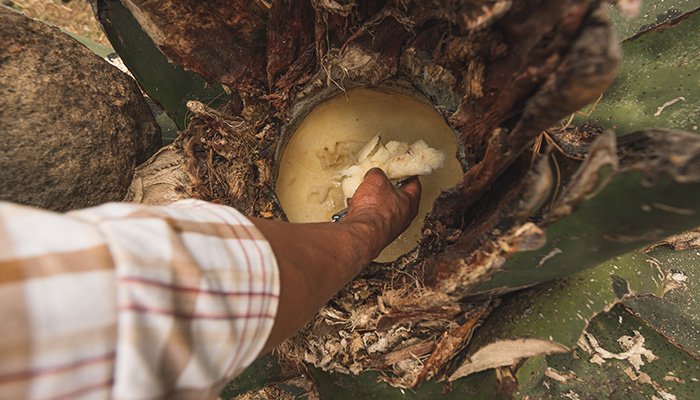
The Rise of Tequila in the 20th Century
The 20th century heralded tequila’s ascent on the global stage, driven by its designation as a protected denomination of origin product.
This recognition, coupled with innovative production techniques, solidified tequila’s status as a symbol of Mexican heritage and pride.
As it gained international acclaim, tequila became integral to popular culture and a staple in bars around the world, celebrated for its rich flavors and artisanal quality.
This era also witnessed the rise of tequila in the international market, especially in the United States, where it became synonymous with celebration and sophistication.
The establishment of the Tequila Regulatory Council in 1994 further cemented its status, setting strict standards for production and ensuring the spirit’s quality and authenticity on a global scale.
These regulations not only preserved the cultural heritage but also boosted consumer confidence, elevating tequila to a luxury category.
Moreover, the late 20th century brought about an appreciation for premium, handcrafted tequilas among connoisseurs and casual drinkers alike.
The development of ultra-premium tequilas showcased the potential for complexity and refinement in the spirit, mirroring the evolution seen in fine wines and whiskeys.
Tequila Filo de Agave embodies this legacy, offering a sip of history with each refined, elegant pour, thus contributing to the ongoing renaissance of this storied spirit.
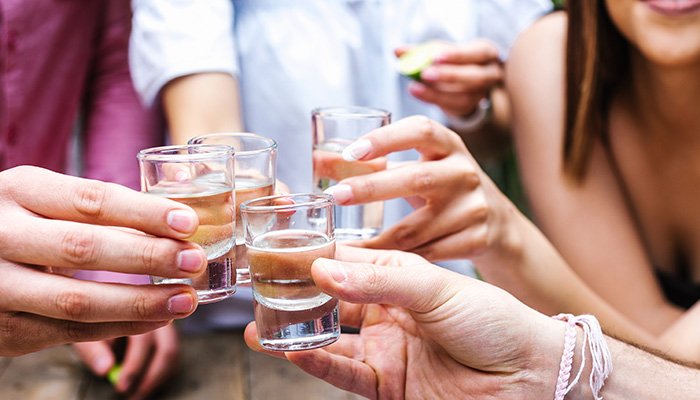
How is Tequila made?
Tequila, a spirit deeply rooted in tradition and meticulously regulated by the Mexican government, embodies a rich cultural heritage and a commitment to quality.
These regulations ensure that every bottle of tequila meets the high standards that have been established over centuries of tradition. Let’s explore the traditional process of tequila making, which is an intricate dance of art and science, from the planting of the agave to the final bottling.
1. Harvesting
The epic tale of our tequila begins in the lush landscapes of Mexico, where the Blue Weber agave plant takes root. These agave plants spend up to ten years maturing under the nurturing care of nature, fully absorbing the distinctive flavors of their regional terroir. It is here, in the agave fields, that our jimadores play a crucial role.
These skilled artisans, heirs to generations of knowledge, expertly select and harvest only the most mature agaves. They wield their coas with precision and care, stripping away the spiky outer leaves to unveil the piña—the core essence of the agave. This meticulous process ensures that only the finest quality piñas are chosen for the next stage of tequila making, laying the foundation for a spirit of exceptional quality.

2. Cooking
Transitioning from field to factory, the harvested piñas are carefully transported to our distillery where they undergo a transformation through cooking. This critical phase involves baking the hard, fibrous piñas in specially designed ovens—be it traditional brick ovens or the more modern stainless steel autoclaves.
The slow cooking method is pivotal, gently coaxing out the rich, sweet nectar while preserving the delicate agave flavors. This meticulous process not only softens the piñas but also enhances the natural sugars, setting the stage for a fermentation process rich in depth and complexity.

3. Extraction
Following the cooking process, the next step is the extraction of the agave juice. Here, the softened piñas meet the tahona wheel or modern mechanical shredders. This stage is a blend of heritage and innovation where the cooked agave is meticulously crushed to release the precious aguamiel—the sweet juice within.
Our commitment to preserving traditional methods alongside technological advancements ensures that every drop of juice extracted is rich in flavor, providing a robust foundation for the alcoholic fermentation to come.

4. Fermentation
The extracted aguamiel is transferred to fermentation tanks, where it begins its metamorphosis into alcohol. Under the watchful eye of our master fermenters, this sweet juice is combined with selected strains of yeast, transforming the sugars into alcohol through a natural alchemy that is both an art and a science.
The open-air tanks allow the surrounding environment to subtly influence the process, contributing unique flavor notes that are specific to our locale. The careful control of temperature and fermentation time allows us to ensure consistency while nurturing the distinctive character of our tequila.
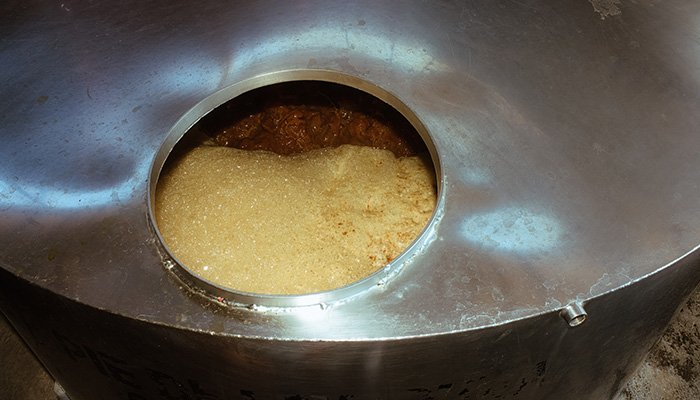
5. Distillation
Distillation is where the fermented mosto is refined into a clear, high-proof spirit. Our master distillers supervise this crucial phase, where the liquid is heated in copper pot stills or stainless steel columns to vaporize the alcohol, which is then condensed back into liquid form.
This process is usually repeated to enhance the purity and flavor profile of the tequila. Each distillation cycle is designed to refine the spirit, removing impurities and concentrating the quintessential agave essence that defines the body and soul of our tequila.
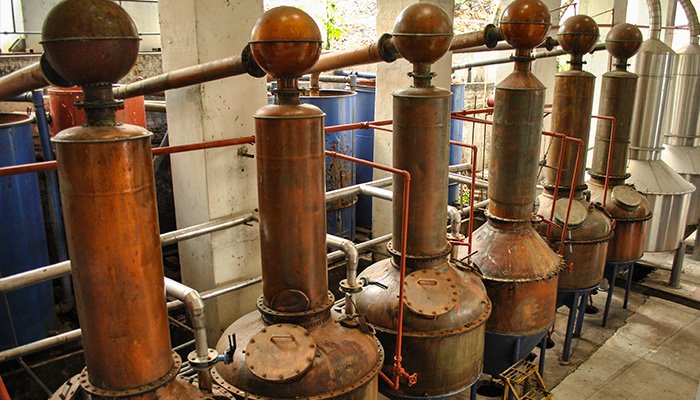
6. Aging
The distilled tequila is then ushered into the aging process, where it is stored in white oak barrels to mature. The interaction between the wood barrels and the tequila over time imparts additional layers of complexity, mellowing the spirit and infusing it with subtle flavors such as vanilla, caramel, and oak.
Depending on the desired end product—reposado, añejo, or extra añejo—the tequila may rest in the barrels from a few months to several years. Each day of aging adds depth and character, gradually perfecting the tequila’s profile.
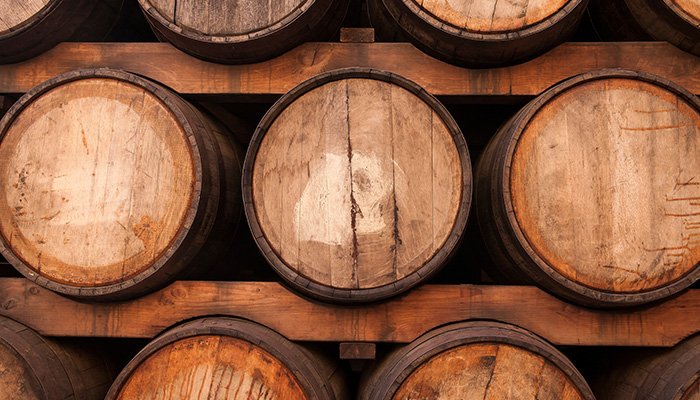
7. Filtration and Adjustment
Prior to bottling, the aged tequila undergoes a final filtration process to ensure that it is impeccably pure and smooth. This step involves removing any remaining impurities and adjusting the alcohol content by adding water.
This careful refinement is crucial for maintaining the clarity and smoothness that are hallmarks of our premium tequila.

8. Bottling
The final step in the journey of our tequila is the bottling process, which is performed with great reverence and attention to detail. Each bottle is filled, capped, and labeled meticulously, ensuring that it perfectly represents our brand and meets the highest standards of quality.
This final act of bottling not only preserves the craftsmanship and rich flavors of our tequila but also honors the tradition and passion that have been infused into every step of its creation.
From the initial planting of the agave to the meticulous process of bottling, the production of tequila is a blend of art, science, and tradition. This spirit not only represents a beverage but also a cultural heritage that involves detailed craftsmanship at every stage.
Each sip of tequila is a celebration of Mexican culture, offering a taste of its rich landscape and the meticulous care that goes into its creation. Whether enjoyed neat, on the rocks, or in a finely crafted cocktail, tequila invites a deeper appreciation for the craft behind its production.
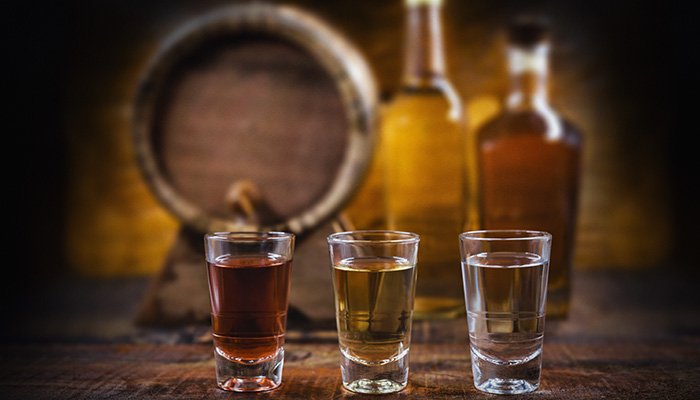
Types of Tequila
Dive into the diverse world of agave spirits with our exploration of the vibrant spectrum of tequila. This illustrious spirit comes in an array of varieties, each with its own distinctive character and complexity.
From the crisp, clear Blanco that showcases the pure flavors of agave, to the deeply aged Añejo, enriched with intricate notes of vanilla and oak, tequila offers a rich palette that caters to both novices and connoisseurs alike.
As you navigate the tequila market, you’ll discover a plethora of types that celebrate the versatility and depth of this celebrated Mexican spirit.
Blanco Tequila
The Purest Expression of Agave
Blanco, or silver tequila, is the most unadulterated form of tequila, made from 100% blue Weber agave and bottled immediately after distillation to preserve the bold, raw flavors of the agave plant.
Typically clear and bottled at 40-50% ABV, it exhibits a crisp, sharp profile with notable flavors of pepper, citrus, and earthy agave. These vibrant, lively notes are direct reflections of the agave and the soil it was cultivated in, offering a taste of the Mexican landscape.
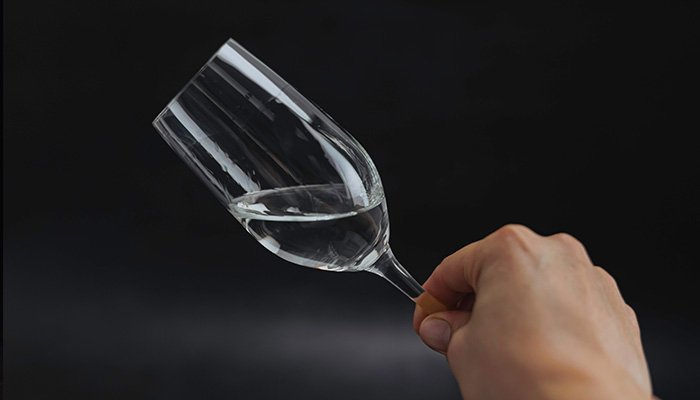
Blanco tequila is the foundation of many beloved cocktails due to its ability to infuse drinks with its potent agave flavor without the influence of oak.
Its clarity and strong agave presence make it ideal for classic tequila cocktails like Margaritas and Palomas, where it complements the acidity of lime and the sweetness of other ingredients. For cocktail enthusiasts looking to explore the pure taste of agave, Blanco offers a versatile and essential base.
Key notes:
- Unaged, 100% blue Weber agave.
- Sharp, agave-forward profile perfect for clear, citrusy cocktails.
- Best used in Margaritas and Palomas for its robust flavor and clarity.
Joven Tequila
A Harmonious Blend
Joven, or gold tequila, is essentially a mix of Blanco and aged tequilas, which can sometimes include caramel coloring to mimic the hue of aged spirits.
This type of tequila is bottled at 35-40% ABV and provides a balance between the assertive flavors of unaged Blanco and the milder characteristics of aged varieties. Its flavor profile is an intriguing mix, featuring the fresh agave taste of Blanco with subtle hints of vanilla and spice contributed by its aged components.

Joven tequila is particularly appealing to those new to tequila or those who enjoy cocktails with a smoother finish.
The blend of young and aged tequilas makes Joven an excellent choice for more complex cocktails that require a balance of strong agave flavor and the soft nuances of aging, such as fruity or spiced mixed drinks. It’s also a cost-effective option for casual drinking and party cocktails.
Key notes:
- Blend of Blanco and aged tequilas, sometimes with caramel coloring.
- Smooth and versatile, excellent for complex cocktails.
- Appeals to both new tequila drinkers and seasoned enthusiasts for its balanced flavor.
Reposado Tequila
Subtly Sophisticated
Reposado tequila is aged for two months to a year in oak barrels, which imparts a golden color and enhances the tequila with flavors of vanilla, caramel, and spices, creating a smoother and more complex profile than Blanco.
The aging in oak softens the agave’s bite, making Reposado more approachable and versatile. The alcohol content, typically around 40-50% ABV, ensures that it retains the character of the agave while gaining subtle woody notes.
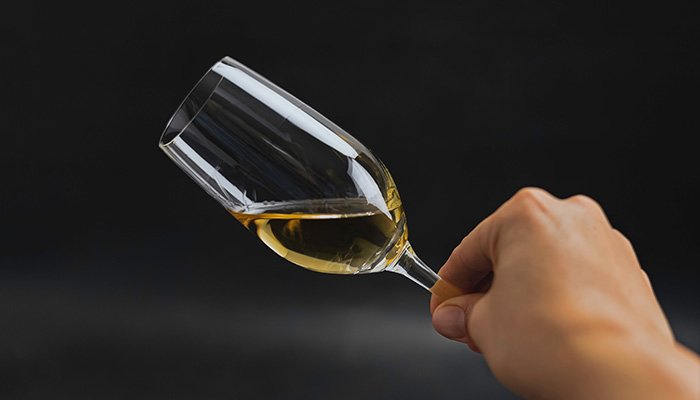
This tequila is a favorite among both casual drinkers and connoisseurs because it offers a balance of pure agave and refined oak flavors. Reposado can be enjoyed neat or on the rocks, where its layered complexity can be savored.
It’s also an excellent choice for cocktails that benefit from a deeper flavor profile, such as tequila-forward variations of traditional whiskey drinks like the Old Fashioned or Manhattan.
Key notes:
- Aged in oak barrels, gaining a smooth, complex profile.
- Ideal for sipping or sophisticated cocktails.
- Offers a perfect balance of agave purity and refined oak flavors.
Añejo Tequila
Richly Refined
Añejo is matured in oak barrels for one to three years, acquiring a rich, amber hue and an enhanced flavor profile that includes notes of toasted almonds, butterscotch, and hints of smoke, alongside the deeper, intrinsic agave taste.
The extended aging process allows for a remarkable depth and complexity, with the tequila absorbing characteristics from the oak, making it comparable in richness to other premium aged spirits like whiskey or cognac.

Due to its complexity and smoothness, Añejo is best appreciated when sipped neat or with a small splash of water to release its aromatic flavors. It is a luxurious choice for those special moments that call for a contemplative drink.
Añejo can also be used in high-quality cocktails where its robust flavors can stand out, providing an elegant alternative to other aged spirits.
Key notes:
- Aged for one to three years, with a rich, deep flavor profile.
- Best enjoyed neat for its complex notes.
- A sophisticated choice for premium cocktails.
Extra Añejo Tequila
The Epitome of Aging
Extra Añejo represents the pinnacle of tequila aging, with a minimum maturation period of three years in oak barrels.
This lengthy aging imbues the tequila with a profound complexity and a silky mouthfeel, featuring deep, resonant flavors of vanilla, leather, and rich caramel, complemented by the underlying earthy notes of the agave plant. The color is an appealing dark mahogany, reflecting the extensive contact with oak.
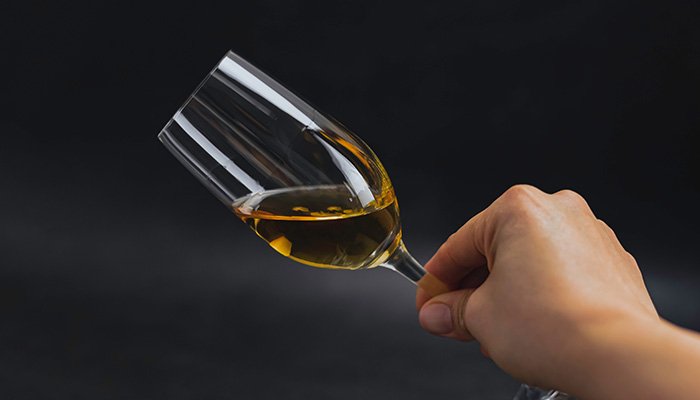
Extra Añejo tequila is a treasure of the tequila world, meant to be savored slowly, ideally neat or on the rocks. It appeals to those who appreciate the artistry of aged spirits and is perfect for celebrating significant milestones or as a prestigious gift for a tequila aficionado.
Its rich tapestry of flavors and luxurious texture make it a distinguished addition to any spirit collection.
Key notes:
- Aged for at least three years, developing profound complexity.
- Ideal for sipping slowly to savor its luxurious depth.
- Celebrated for its rich flavors and silky mouthfeel.
Cristalino Tequila
A Modern Marvel
Cristalino is a novel category in the tequila family, offering a unique twist by taking aged Añejo tequilas and filtering them to remove the color, resulting in a transparent liquor that retains the smooth flavors and complexity of its aged origins.
Typically bottled at 35-40% ABV, Cristalino tequilas maintain a smooth texture and flavors of refined oak, vanilla, and hints of spice, making them a fascinating hybrid of traditional and modern tequila styles.
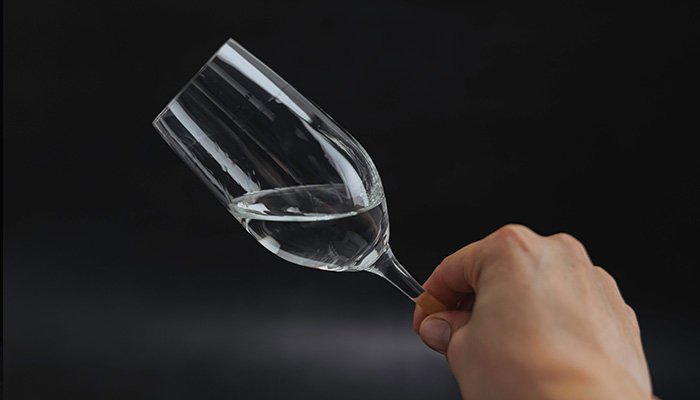
Cristalino is perfect for those who seek the sophistication of aged tequilas but prefer a lighter, more delicate presentation. It is outstanding in high-end, crafted cocktails where it lends an aged complexity without the visual weight of a darker liquor.
Cristalino also shines when served neat, allowing enthusiasts to explore its subtle yet rich flavor nuances in a pure form.
Key notes:
- Aged and then filtered to a clear color, maintaining aged flavors.
- Excellent in crafted cocktails or for neat sipping.
- Combines traditional depth with a modern, elegant presentation.
In essence
Tequila is far more than a mere beverage; it stands as a profound cultural artifact, embodying the rich heritage and artisanal prowess of Mexico. Each glass tells a story of ancient traditions and meticulous craftsmanship, from the sun-drenched agave fields to the carefully monitored distillation processes. Tequila is a celebration of community and culture, bringing people together under the banner of appreciation for a spirit that’s both robust and elegant.
Whether savored slowly in its purest form or mixed into a lively cocktail, each sip of tequila invites an exploration into its rich history and the intricate production techniques that highlight the agave’s dynamic range. The myriad flavors—whether earthy, sweet, or smoky—dance upon the palate, offering a sensory journey through the regions that nurture these plants.
As we raise our glasses, we not only toast to the exceptional quality and flavor of tequila but also to its ability to unite aficionados and casual drinkers alike. This extraordinary mexican spirit continues to captivate and enchant across continents, transcending its origins to become a global icon.
Frequently Asked Questions (FAQs)
What plant is Tequila made from?
Tequila is exclusively distilled from the blue Weber agave plant, primarily grown in Mexico’s Jalisco state. The heart of the plant, the piña, is harvested and processed to extract the sugars necessary for fermentation, giving tequila its unique flavor.
What does Tequila taste like?
Tequila’s flavor spectrum is wide, ranging from the sweet, floral notes of agaves grown in Jalisco’s highlands to the robust, earthy tones from the lowlands. Blanco tequilas are peppery and vibrant, while aged varieties like Añejo offer deeper notes of vanilla and caramel.
What flavor profile distinguishes Mezcal from Tequila?
Unlike tequila’s citrusy lightness, mezcal offers a smoky complexity with rich flavors of candied yam and tropical fruit. This depth and smoky flavor is influenced by its diverse agave species and traditional roasting methods, where agave hearts are slowly cooked in underground pits.
What to mix with Tequila?
Tequila goes perfectly with lime for a classic shot, but it also shines in mixed drinks like the Margarita, combining lime juice, Cointreau, and a salt rim. For something different, try mixing tequila with tonic water, or muddle it with mint and sugar for a Tequila Mojito.
Why is there a worm in Tequila?
Often misconstrued as part of tequila, the worm is actually found in some mezcal varieties. This addition is more a marketing strategy than a tradition, purported to improve taste and prove alcohol potency, though it’s absent in the finest tequilas.
How long does Tequila last?
Tequila lasts indefinitely when unopened, maintaining its flavor and essence. Once opened, its peak quality lasts for about a year, after which it may start to lose its aroma and taste. For optimal preservation, keep the bottle tightly sealed and stored away from direct sunlight and extreme temperatures.
